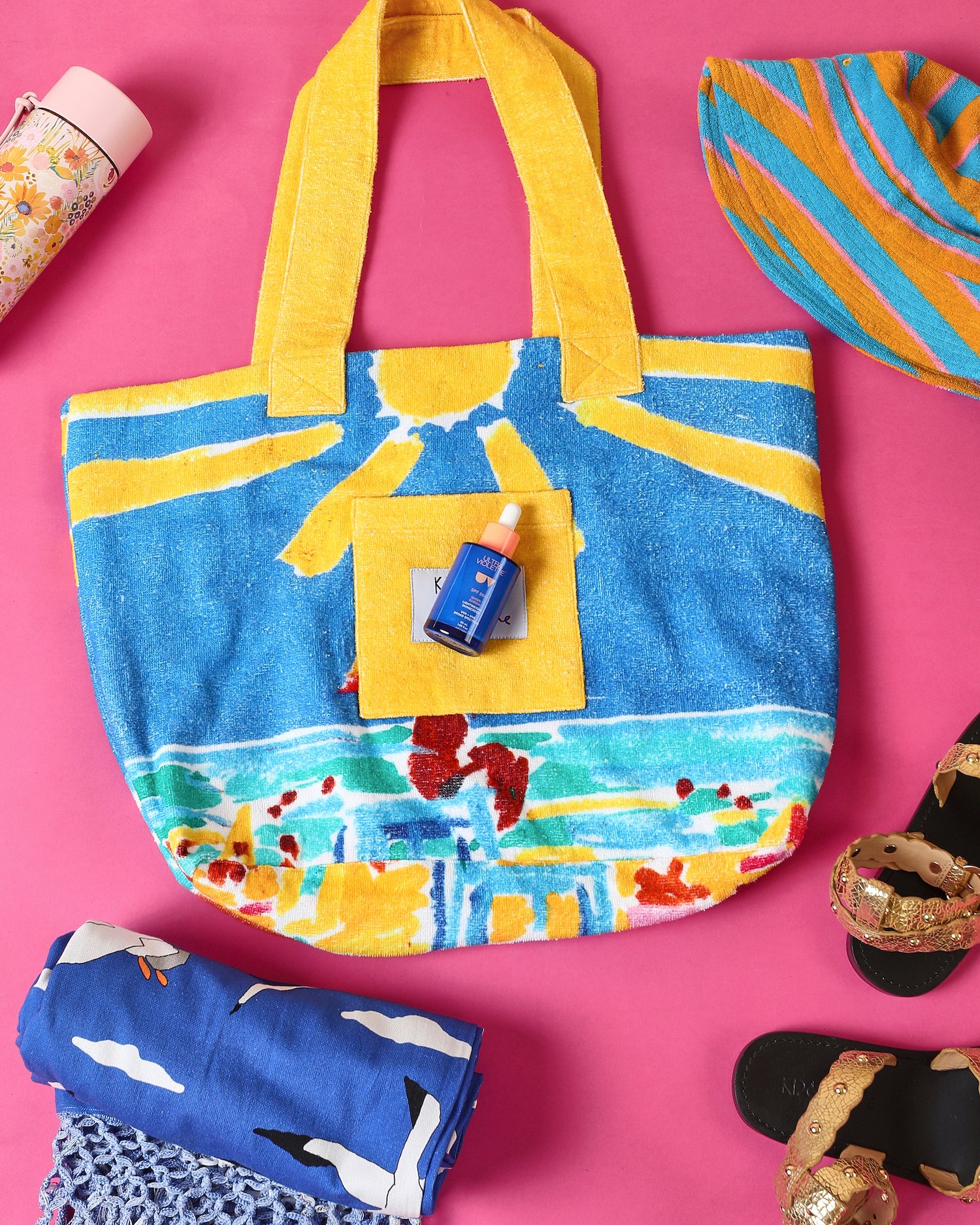Summer is almost here and boy can’t we wait! BUT, before we get too excited, we need to brush up on our sun safety knowledge before we turn into a red lobster. That’s why we’ve brought in the SPF experts Ultraviolette, to give us the low down on Australia’s notoriously high UV index and how often we should be replying that glossy sunscreen goodness.

What is UV radiation?
Here’s a little recap; there are two types of UV rays we experience on earth.
1. UVA – Affects the deeper layers of skin and is responsible for skin aging and DNA cell damage. UVA can penetrate clouds and windows so it’s important to apply and reapply even when it’s cloudy or if you’re near windows.
2. UVB – Affects the top layer of skin and is responsible for the sunburn and skin cancer.
What is the UV Index and when should we be applying?
So, let’s break it down. The UV Index is a scale that starts at zero and is broken into five categories from low to extreme levels of rays.
- Low 0-2: It's probably winter in the colder parts of Aus. You're fine to leave the house without SPF if you want. That's a big IF.
- Moderate 3-5: This is most Winter days in NSW/QLD. Apply in the morning and reapply especially when in direct sunlight but don't freak out TOO much.
- High 6-7: We're heading into wrinkle city. Apply in the morning, before you get your morning coffee, before your lunch break and if you're near windows, be vigilant.
- Very High 8-10: Gross town. The highest SPF you own EVERY two hours, potentially even more if you're in direct sun, plus hats and sunnies. Ugh.
- Extreme 11+: Close all blinds and don't stand too close to the windows. It's NOT fun out there, peeps. But if you must, bathe in SPF and make your younger friends run all your errands. They'll be fine.
.png?v=1666751167358)
What is a high UV index?
So let’s recap a little bit because we know that all this info is pretty full on. A high UV index starts from just 6-7, and as you can see from the graph it goes up to being classified as very high from 8-10 and then extreme anywhere over 11.
What UV index is safe?
We reccomend wearing sunscreen at all times except during the evening when the sun’s gone down. However, when the UV index is between 0-2, you are pretty safe to go outside without protection (if you choose and pending your skincare routine and lifestyle). As soon as the index ticks past 2 though, you should be wearing sunscreen, sunglasses and other sun protection to help protect you. Just remember, that the UV index is always an estimate so we like to play it safe and still wear sunscreen when the index is under 2.
.png?v=1666751224226)
What does this all mean?
The UV Index changes throughout the day and it’s location specific. Always check both the minimum and maximum of your area to determine your application and reapplication game plan. The UV Index is just a (super educated) guess and it can often be higher than predicted. You’re better to be safe than sorry and apply. Then reapply. UV rays don’t hibernate in winter and are present year-round. Even if it’s a low UV day, it’s worth applying for the juicy antioxidant protection. Where can I check out the UV levels in my area? Loads of places. Google, the Aus Government website, the Bureau of Meteorology.










